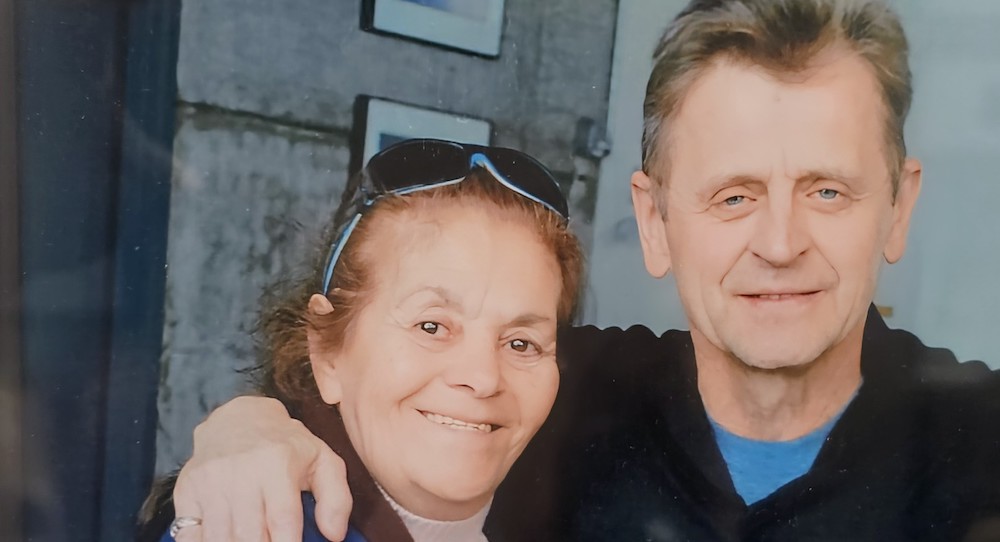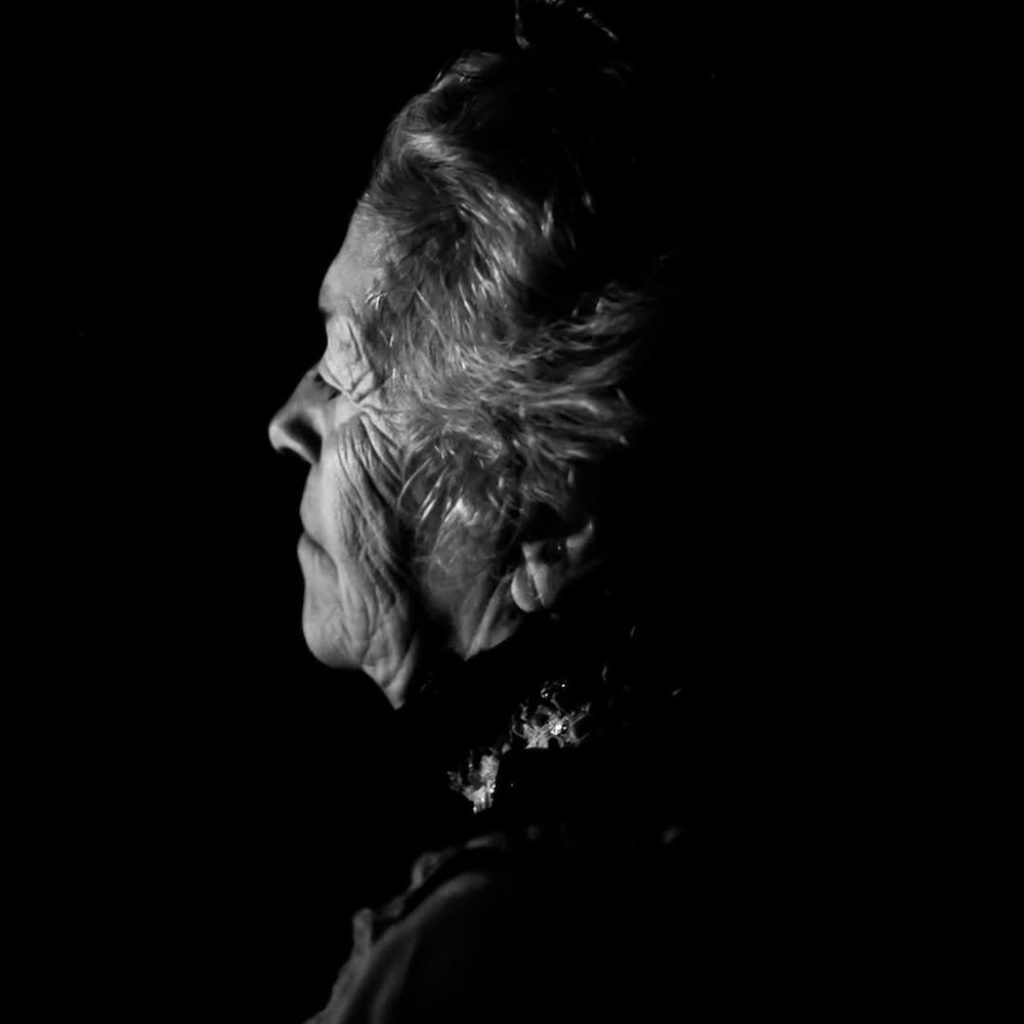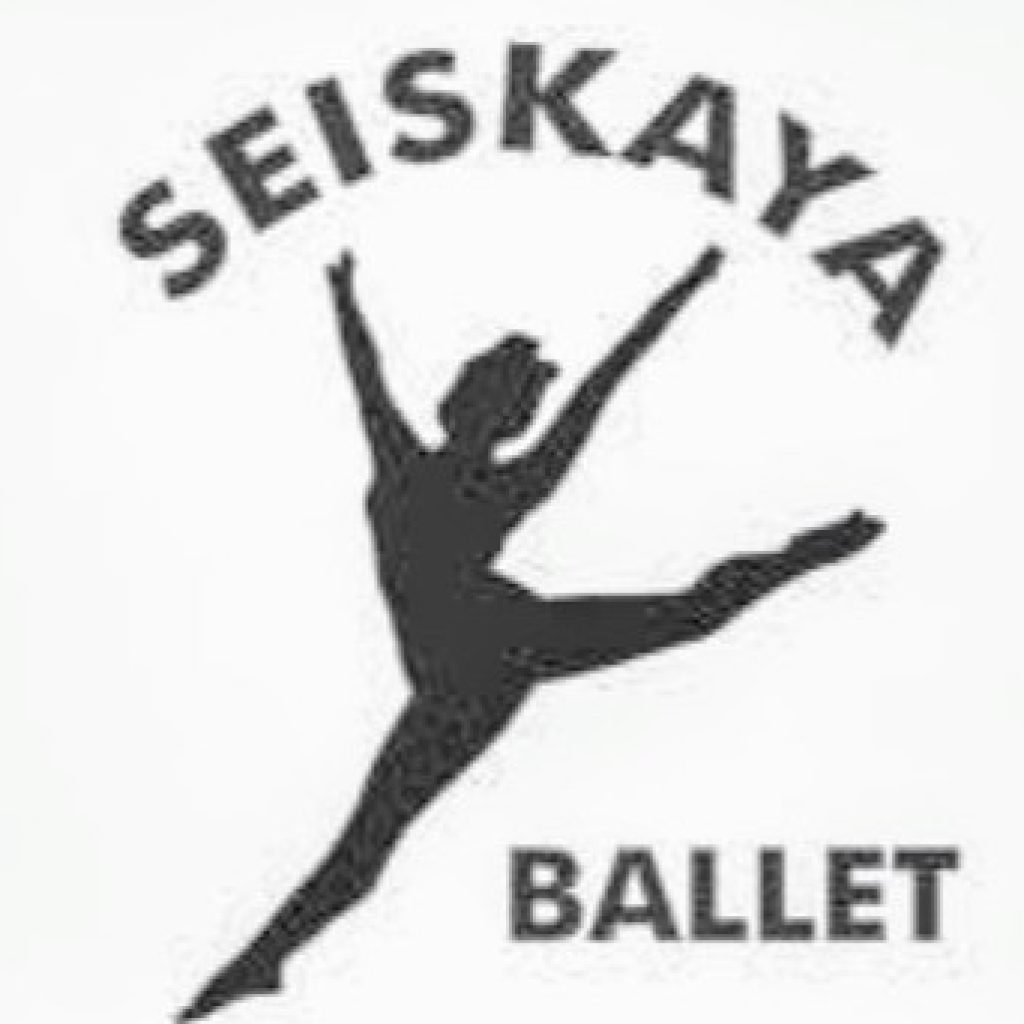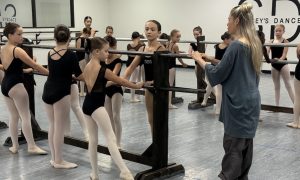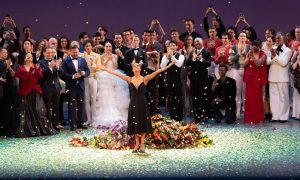In the sleepy hamlet of St. James in Long Island, NY, there is an impressive ballet school driven by excellence. For over half a century, Valia Seiskaya has employed her tried-and-true method for training students from preschool through high school ages. She is a master teacher, mentor and coach with an unflinching eye and uncompromising persona. She, quite simply, produces dancers. Lots of them.
Some of the companies her students have danced for include American Ballet Theatre (ABT), Atlanta Ballet, Boston Ballet, Ballet West, Fort Worth, Hartford, Pacific Northwest Ballet, Pittsburgh, The Royal Swedish Ballet, Ballet Arizona, Milwaukee Ballet, State Ballet of Missouri, New Jersey Ballet, Alabama Ballet, Washington Ballet, Louisville Ballet, Ballet Austin, Tulsa Ballet, Colorado Ballet and Momix. It is not unusual to find these kinds of stories at any large, nationally recognized ballet school. What makes Seiskaya unique is the success rate for the size of the student body. It averages somewhere around 90 students in any given year and consistently puts graduates into top-tier companies.
How is one small school able to produce so many outstanding dancers? The answer is Seiskaya’s persistent expectation of excellence coupled with a no-nonsense approach to movement. A true master of her craft, she has not changed her methods since the founding of her school. “If you have the body, I can make it,” she says in a heavy Greek accent. Meaning, if the student has the physical facility, she can teach them the technique. Seiskaya can spot professional potential in the youngest dancers by watching a single step. “That one,” she says. “Come back in 10 years, and she’ll be a professional.”
The Russian-born Seiskaya began her ballet training in Greece at age six with another Russian émigré, Adam Morianoff. She continued her training under Sonia Morianova and became a member of the National Opera of Greece at age 17. She toured Europe and Russia with the Opera and became a soloist, excelling at bravura roles. At the National Theater, she continued working with well-known Russian ballet masters and choreographers, including Asaf Messerer, Boris Kniazev, Nina Kyrsanova and Olympia Yelodari.
In 1974, one year after retiring from the Opera, she founded Seiskaya Ballet in St. James. She originally was not interested in teaching. “I fought it like heck,” she admits. She had dreams of auditioning for ABT, but with two young children and a daunting commute to and from NYC, it just wasn’t possible. She threw herself into teaching. In the beginning, she had a small number of students on full scholarship. After an unusual number of her dancers received scholarships to prestigious summer programs, word got out and more students sought her out.
She has some unique takes on training. A floor barre is part of the pedagogy. The floor barre is meant to start out slow and build momentum, loosening up the body to ready it for the larger movements. There is also a physically demanding traveling barre done after the traditional classical barre. The traveling barre teaches the students how to turn, jump and move through space before going on to the center floor exercises. What there is not a lot of is talking. The corrections are given in a matter-of-fact manner and discussion is kept to a minimum. To Seiskaya, the theorizing is a waste. She wants results through dynamic movement and repetition with attention to strength building.
Ballet has changed a great deal over the decades, but she’s never lowered her standards. “I’ve made the training harder. Toughen up cupcake,” she says with a grin. Some teachers are intentionally cruel, but at Seiskaya, while the expectations are high, the push comes with love. “We laugh a lot,” she says.
Dimitri Papadakos, her husband of 56 years, is the administrative director at Seiskaya Ballet and a former football player. He is of the same mind as Valia regarding the training of excellence and team spirit. He notes, “When someone falls over, no one sneers or cackles. Everybody claps. Because they were giving a huge effort. You gave your best, that’s good enough for us.” That stamina, to get up again and again after falling down, is something Seiskaya’s students develop early on.
Michael Cusumano began training with Seiskaya when he was nine years old. Under her coaching, he competed, at age 14, in the 1994 Varna International Ballet Competition, winning the bronze medal. He joined ABT at 15 as the youngest male dancer in the company’s history. After dancing as a principal with Alabama Ballet and a soloist with Boston Ballet, he went on to perform on Broadway in All Shook Up, Chicago and An American in Paris. “I credit Valia with teaching me to be fearless as a human,” he says. “Valia was all in. She gave us everything, without a second thought.”
Amy Ruggiero began studying with Seiskaya at age 12. This summer, she danced in the West End production of Little Dancer. This fall, she returns for her 11th season in the ensemble of the Radio City Christmas Spectacular, where she also serves as an assistant choreographer and dance captain. “I think Valia is very skilled at encouraging a fearless approach to dance that develops grit and perseverance,” Ruggiero says. “I can say with 100 percent certainty that I would not be dancing professionally today if not for Valia.”
Cory Stearns, principal dancer with ABT, began training with Seiskaya at age six. At age 15, he competed in the Youth America Grand Prix competition and was offered a full scholarship to The Royal Ballet School. He credits Seiskaya with imbuing a mental fortitude, perseverance and determination to never settle. He explains, “I was a difficult student because I wanted to socialize and play more than learn, but Valia never gave up on me, and she taught me with love, so Seiskaya became a safe space for me. Valia’s consistent attention, patience and care was integral in me not giving up ballet and growing to eventually love it.”
There have been challenges in recent years – COVID, the lockdown and the aftermath. Although they were only closed for two months in 2020, the reopening period was tough. Many students didn’t return. They were afraid, or they had lost their training rhythm. Older students seemed demoralized, and some of their work ethic has declined. Smartphones, she feels, have also eroded student discipline. “They don’t seem as interested in coming in to the studio to work,” she muses. Still, there are a few dedicated ones, but it’s a smaller pool.
Papadakos notes, “From a business standpoint, we’re playing catch-up. The kids are stressed. The colleges are so much more competitive, and parents are investing in tutoring and test prep. Time management is critical for dancers, and we teach that. It’s one of the most important things we instill.”
At 90, Seiskaya shows no signs of slowing down. She is still teaching, choreographing and producing top-level dancers. But she’s not one to brag about her own accomplishments. It’s all about her students – and making them competitive. “I want my students to kick butt,” she exclaims. She is constantly inspired by new talent. “That is what keeps me going.” Her students’ achievements are what matter. “That’s my pat on the back,” she says with a gleam in her eyes. “That’s what fulfills me.”
You can find out more about Valia Seiskaya at www.seiskaya.com.
By Mary Carpenter of Dance Informa.


